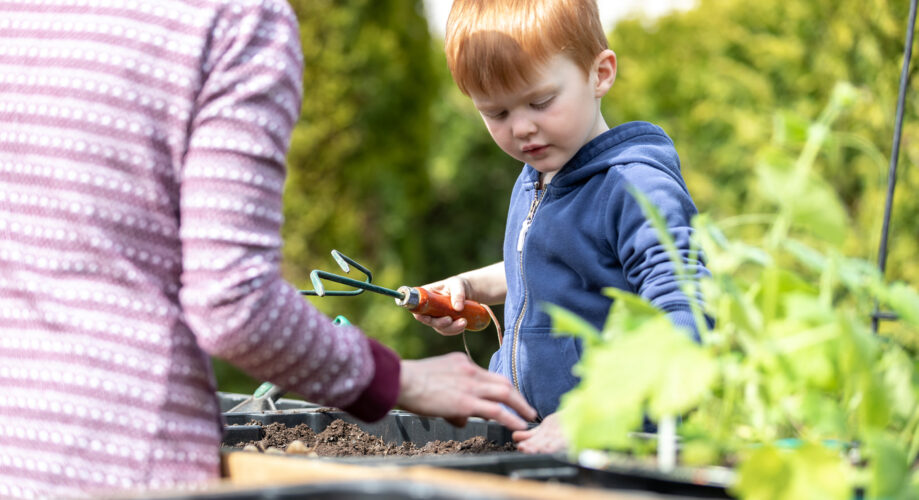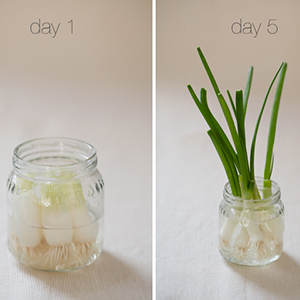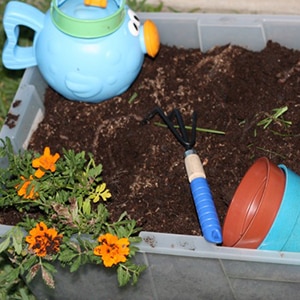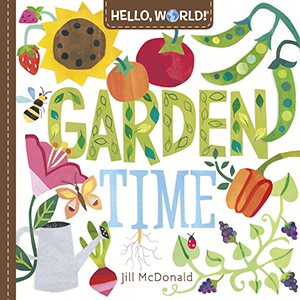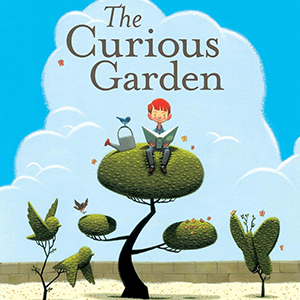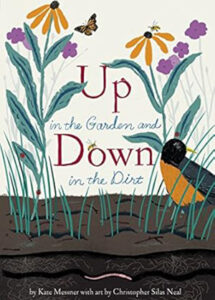Young children love observing and exploring the natural world! Plant and garden-themed activities can give little ones a chance to care for plants and help them grow, while discovering the way sun, rain, and soil help seeds and roots develop into fruits, vegetables, and flowers.
In this article, we share ideas for including plants and gardening as part of your early learning curriculum… during every season and in any size space.
Playing & Learning from Many Types of Gardens
You can make a garden anywhere! You might get started with a few plants grown in pots placed outside, or if you are short on space, you can put some very small plants on window sills and in other spots around your classroom.
1. Gardening with Potted Plants
Using plants that typically thrive indoors, such as succulents, aloe vera, or snake plants, is a great place to start. You might also visit a local nursery for some guidance about the types of plants that will do best in the space that you have available.
Once you are ready to plant, invite the children to help pour the soil into the pots and place the plants in the soil. Talk with the children about making a plan to keep the plants healthy by watering them regularly.
As children help care for the plants, you might invite conversations about the unique preferences each plant has for sunlight, shade, and water. Invite children to use magnifying glasses to look closely at the plants as they grow, or even draw pictures to track the plant’s progress.
2. Start a Small Garden with Easy-to-Grow Produce
If you have access to outdoor space (even if there is room for just a few pots), you can make your own small garden to enjoy with the little ones in your care. Many fruits and vegetables can grow and thrive in small spaces with minimal maintenance. Cherry tomatoes, strawberries, herbs, and leafy greens like swiss chard, are examples of easy-to-grow options that can thrive either in pots or in the ground, depending on your outdoor space.
A few helpful tips for getting started…
- Try to find areas in your yard that get a good amount of sunlight throughout the day, as most fruits and veggies need 6–8 hours of sunlight.
- Invite little ones to help take part in planting and caring for the plants by watering them and harvesting the fruits and veggies when they are ready!
- Visit a local nursery and talk about the space you have available, and ask them for plant recommendations and tips to help you be successful.
3. Grow Your Own Produce Indoors

